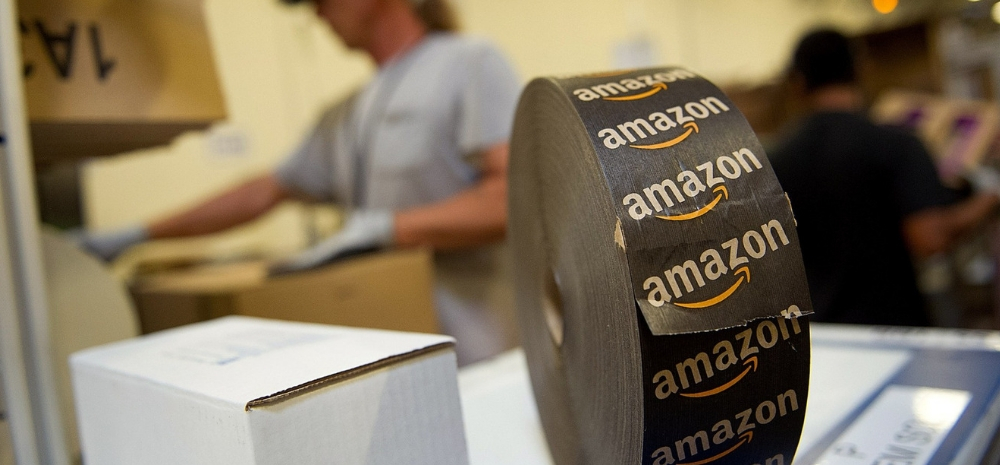Amazon is trying to squeeze everything out of an item sold.

As per a study by Marketplace Pulse which sampled seller transactions going back to 2016, for nearly 2 million small businesses that sell products on its sprawling online marketplace, Amazon’s average cut of each sale surpassed 50% in 2022.
The Amazon Sellers’ Conundrum
The research firm calculated the total cost of selling on Amazon by tallying the commission on each sale, fees for warehouse storage, packing and delivery, as well as money spent to advertise on a site where hundreds of millions of products jostle for attention.
Though it is optional to pay Amazon for logistics services and advertising is optional, but the merchants do pay as they consider these a necessary part of doing business.
For six years in a row, Sellers have been paying Amazon more per transaction, but they were also able to absorb the increases because the company was attracting new customers and rapidly increasing sales.
That abruptly changed when pandemic lockdowns eased and people began traveling and dining out again, sucking the oxygen out of online shopping. Last year, Amazon generated the slowest sales growth in its history.
Amazon merchants are reluctant to raise prices as the consumers are far more deal-conscious than they were during the pandemic.
This translates into many sellers struggling to make money, prompting some to handle shipping themselves and to spend less to advertise on Amazon’s site.
Juozas Kaziukenas, Marketplace Pulse’s founder and CEO said “For these small businesses, it’s getting harder and harder to be profitable because they are spending more and more money on Amazon fees. Amazon might be tempted to keep increasing fees because it’s in a tough spot, but you have to reach some kind of equilibrium.
These sellers choose to use its logistics services because as they are 30% less costly than alternatives from other shipping companies, said company spokesperson Mira Dix. She said that the fees Amazon charges reflect the company’s own costs and investments.
She said that “Many selling partners have built and run their businesses without advertising. If they choose to advertise their products, they have many service providers to choose from. Sellers are not required to use our logistics or advertising services, and only use them if they provide incremental value to their business.”
If it was not for the profitable cloud computing business of Amazon: Amazon Web Services, Amazon would have posted a $10 billion operating loss last year.
By slashing 18,000 corporate jobs and narrowing the company’s focus to key growth areas rather than investing in a scattered portfolio of new devices and services, CEO Andy Jassy is trying to restore the balance.
In 2022, Amazon increased the annual price of a US Prime subscription by $20 in the light of rising costs.
Last month the company announced plans to levy fees on online grocery orders of less than $150. But charging customers more is risky. Merchants, many of whom generate 80% to 90% of their sales on Amazon, are less likely to rebel.
Many sellers said that turning a profit on Amazon is getting harder.
Amazon sellers don’t control the commissions Amazon charges or fees for things like packing and delivery. The one thing they control is advertising, and there are signs they are pulling back. Amazon’s advertising revenue in the holiday quarter grew 18.9%, a still robust expansion but a big slow-down from the same period a year earlier, when it increased by 32.2%.
Amazon is dedicating more space on its site for advertising, which gives it more space to sell but also makes each spot less valuable, said Melissa Burdick, a former Amazon executive who is now president of Pacvue, an online marketing consulting firm. Conversion rates, which measure the number of shoppers who purchase a product after clicking an ad, declined each quarter last year, she said.
While Amazon Rains for Some, it Shines for Another’s
Some sellers are benefitting from Amazon’s changes. Desert Cactus, a Chicago-based company that sells flags, license-plate frames and other merchandise on behalf of colleges and professional sports teams, uses one of Amazon’s cheapest shipping services designated for small, inexpensive products. Amazon increased the maximum product price allowed for the program to $12 from $10, which makes more Desert Cactus merchandise eligible, founder Joe Stefani said.












